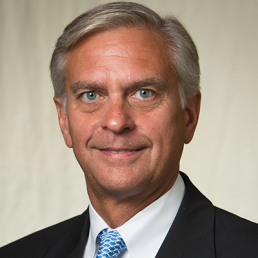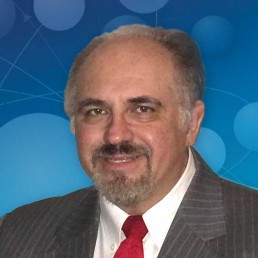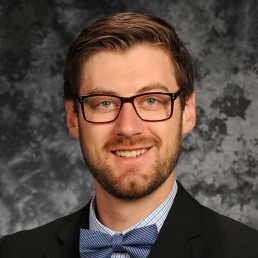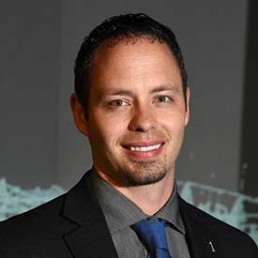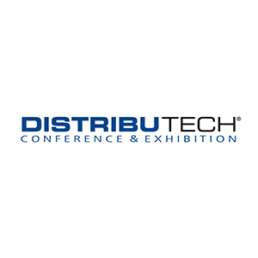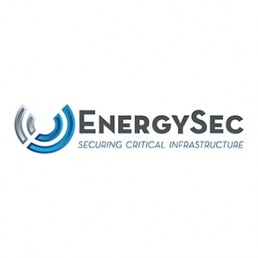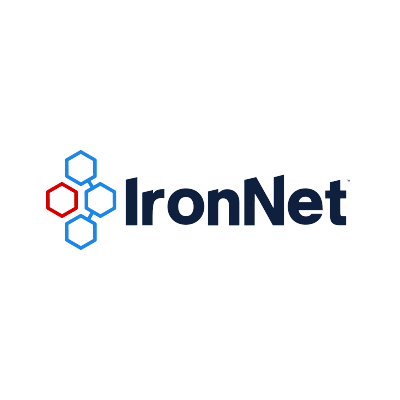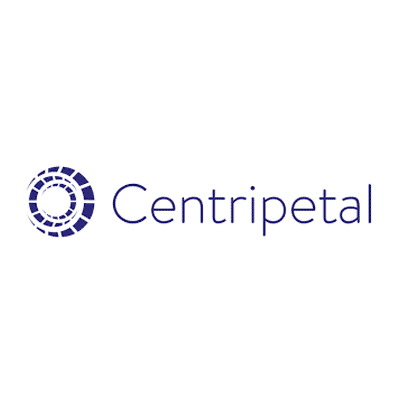Cybersecurity is one of the top challenges facing electric cooperatives. Protect Our Power's Best Practices conference will provide insights on ways that co-ops and other entities throughout the electric sector can better secure the electric grid.
— Curtis Wynn, president and CEO, Roanoke Electric Cooperative; president, National Rural Electric Cooperative Association board of directors
Best Practices in Utility Cybersecurity Conference 2020
Nearly half of all power and utility CEOs expect to be the victim of a cyberattack, according to a recent KPMG study, while the U.S. Department of Homeland Security acknowledges that Russian state actors are already in the nation’s grid. Meanwhile, new focus on the industry’s supply chain reveal further vulnerabilities to the system.
1/27/2020 | Henry B. Gonzalez Convention Center, San Antonio, TX
Presentations
Welcome from Shanna Ramirez
Interview With Jim Cunningham, Richard Mroz, and Blake Sobczak
Vulnerability Disclosure Issues & You
Monta Elkins | Security Architect | FoxGuard Solutions
Supply Chain CIP-13 - Best Practices to Pursue WhileAccomplishing Compliance as a Byproduct
Tom Alrich | Owner | Tom Alrich LLC
Supplemental slides for: Supply Chain CIP-13 - Best Practices to Pursue WhileAccomplishing Compliance as a Byproduct
Tom Alrich | Owner | Tom Alrich LLC
Monitoring - Real-Time Operational Technology Network Analysis and Security
Adam Hahn | Assistant Professor | Washington State University
Zero Trust – What Is It? Associated Best Practices and Vendors
Tony Massimini | Senior Industry Analyst | Frost & Sullivan
Firmware – Best Practices
Brad Whipple | Researcher | Idaho National Laboratory
Anatomy of SCADA Risk: Leveraging Lifesaving Epidemic Models for a Novel Evaluation of SCADA/ICS Risks
Yehonatan Kfir | CTO | Radiflow
Compliance & Moving To Best Practices
Robin Berthier | Research Scientist | University of Illinois
Cybersecurity for Wind Energy
Jake Gentle | Senior Power Systems Engineer | Idaho National Laboratory Jay Johnson | Principal Member of Technical Staff | Sandia National Laboratories
Identity and Access Management for Electric Utilities
Harry Perper | Chief Engineer | The MITRE Corporation
Cybersecurity for utilities is a paramount concern.
Protect Our Power’s 2nd Best Practices – Utility Cybersecurity conference, will provide critical updated information for anyone who can benefit learning from or contributing to best practices for the utility cyber sector.
Taking place immediately before the opening of DistribuTECH, this conference is a must for:
To view the 2019 conference agenda and speakers: https://protectourpower.org/bestpracticesconference/To propose a topic and/or speaker, contact Paul Feldman: pfeldman@protectourpower.orgFor sponsorship information, contact Jim Gold: jgold@protectourpower.org
Speakers
Agenda: January 27, 2020
8:00 – 8:15 - Welcome to Texas | Shanna Ramirez– Interim Vice President & Chief Integrated Security Officer, CPS Energy
8:15 – 8:45 - Interview - Best Practices in Utility Cybersecurity | Jim Cunningham - Executive Director, Protect Our Power | Richard Mroz - Senior Advisor, State & Government Relations | Blake Sobczak - Deputy Editor-Energywire, E&E News
8:45 – 9:30 - Vulnerability Disclosure | Monta Elkins– SANS Instructor, ICS Researcher, author of “Defense against the Dark Arts”
10:15 – 10:45 – Break
10:45 – 11:30 – ICS/OT Network Real-Time Monitoring, Vendor comparison Results | Dr. Adam Hahn –Assistant Professor, Washington State University
11:30 – 12:15 – Zero Trust – what is it? Associated Best Practices and Vendors | Tony Massimini –Senior Industry Analyst – Frost & Sullivan, Information & Network Security | Details
12:15 – 01:00 – Lunch
01:00 – 01:45 – Firmware: not so fast! | Brad Whipple – Critical Infrastructure Power System Researcher, Idaho National Labs– Firmware expert including code deconstruction | Details
01:45 – 02:30 – Anatomy of SCADA Risk: Leveraging Lifesaving Epidemic Models for a Novel Evaluation of SCADA/ICS Risks | Yehonatan Kfir– technology road-map expert, formerly responsible for new product research for a military intelligence group. | Details
02:30 – 03:15 – Compliance and moving to Best Practices – Robin Berthier– University of Illinois Research Scientist | Details
03:15 – 03:45 – Break
03:45 – 4:30 – TBD – Wind Farm Cybersecurity | Jake Gentle – Senior Power Systems Engineer, Critical Infrastructure Security and Resilience, Idaho National Labs | and Jay Johnson – Principal Member of Technical Staff at Sandia National Laboratories– Cybersecurity expert developing technology for DOE, DHS, and DoD. | Details
04:30 – 05:15 – Identity Access Management Best Practices | Harry Perper – Chief Engineer – The MITRE Corporation | Details
05:15 – 06:45 - Reception
Questions or Comments – contact Paul.Feldman@ProtectOurPower.org


